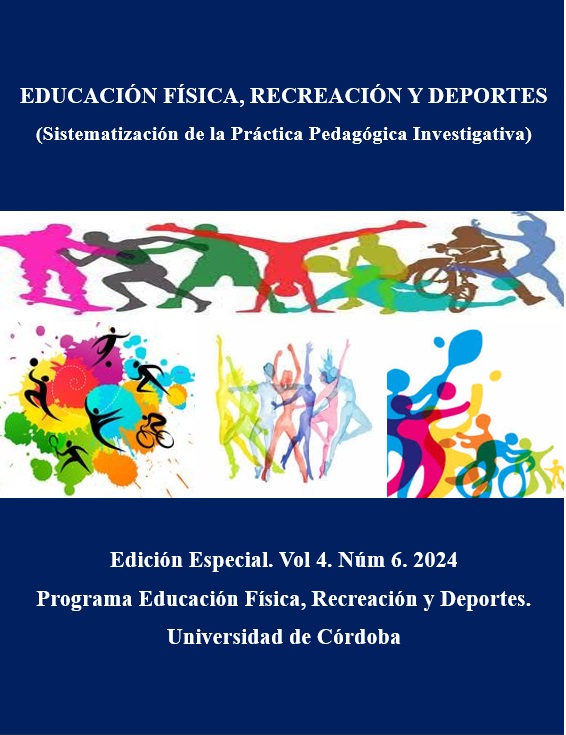Analysis of school sports at the Julián Pinto Buendía Educational Institution in the Mateo Gómez district
Abstract
Through regular exercise, students improve their physical condition, increasing their energy and concentration, which translates into better academic performance. In addition, school sport is a space where social and emotional skills are developed. By participating in teams and competitions, students learn to work together, to respect the rules and to value collective effort. The discipline acquired in training and sports practice is also reflected in other aspects of their lives, promoting a positive attitude towards study and personal improvement. Educational institutions that implement school sport programs not only offer a space for physical activity, but also create an inclusive community where all students can participate, regardless of their skill level. This fosters a sense of belonging and friendship among students. In conclusion, school sport is a powerful tool for developing healthy, responsible and committed individuals. Investing in sports programs is investing in the future of our young people, preparing them to face challenges both inside and outside the classroom.
Downloads
References
Cárdenas, D. (2007). La iniciación al baloncesto en diferentes contextos. EN A. C. Jiménez y G. Ortega. Congreso de baloncesto en la iniciación (pp. 9-28). Sevilla: Wanceulen.
Consejo Superior De Deportes (2003). Deporte Escolar. http://www.csd.mec.es/csd/deporte/deporteescolaruniversitario/escolar/introduccion.htm (Consulta: 18 Enero 2005).
Guerrero, A. (2000). Evolución del deporte en la edad escolar en España, antecedentes, situación actual. EN Actas del I Congreso Nacional de Deporte en Edad Escolar (pp. 21-62). Dos Hermanas (Sevilla). Excmo. Ayuntamiento de Sevilla.
Ministerio del deporte (2023). https://www.mindeporte.gov.co/mindeporte/quienes-somos/dependencias/direccion-fomento-desarrollo/deporte-escolar.
Ruiz, F. y García, M. E. (2005). ¿Implicación de los docentes de educación física en el deporte escolar? En F. Ruiz; I. Jiménez; D. Moral; I. Urbano y F. Crespín. El maestro de educación física ante la convergencia europea. Posible paso atrás en la educación española, ¿un maestro para todo? (pp. 211-236). Madrid: Gymnos.
Tomlinson, C. A. (2001). How to Differentiate Instruction in Mixed-Ability Classrooms. ASCD.
UNESCO. (2005). Guidelines for Inclusion: Ensuring Access to Education for All. UNESCO Publishing.
Copyright (c) 2024 Jimena Patricia González Lora ,Iván Andrés Galeano Martínez,Manuel De Jesús Cortina Núñez,Fredy José Fernández Campo

This work is licensed under a Creative Commons Attribution-NonCommercial-NoDerivatives 4.0 International License.






